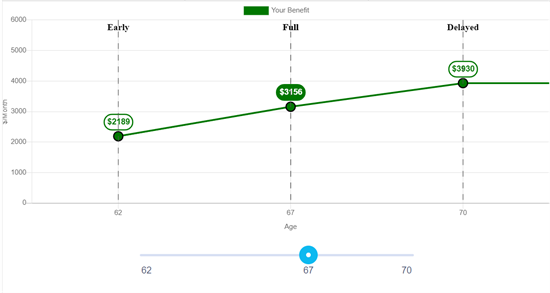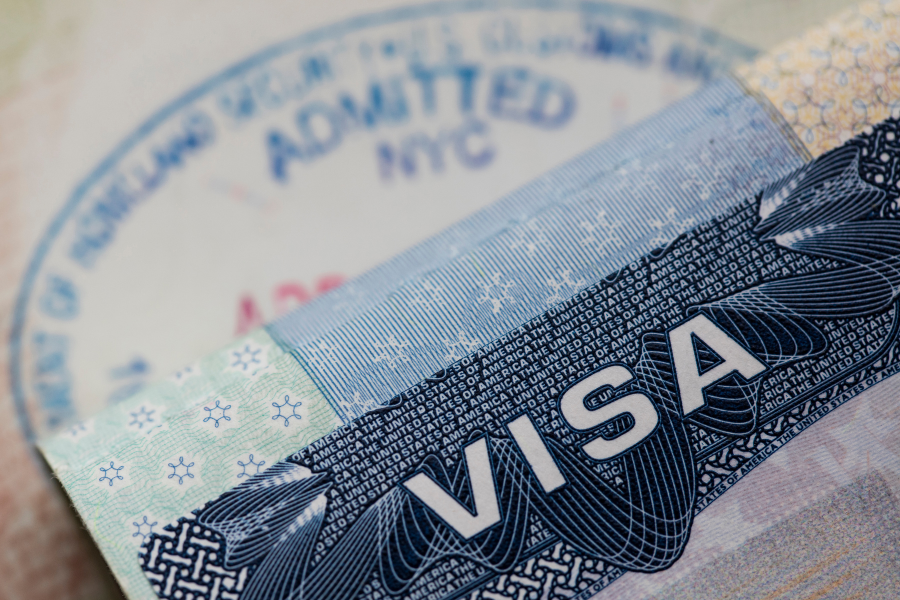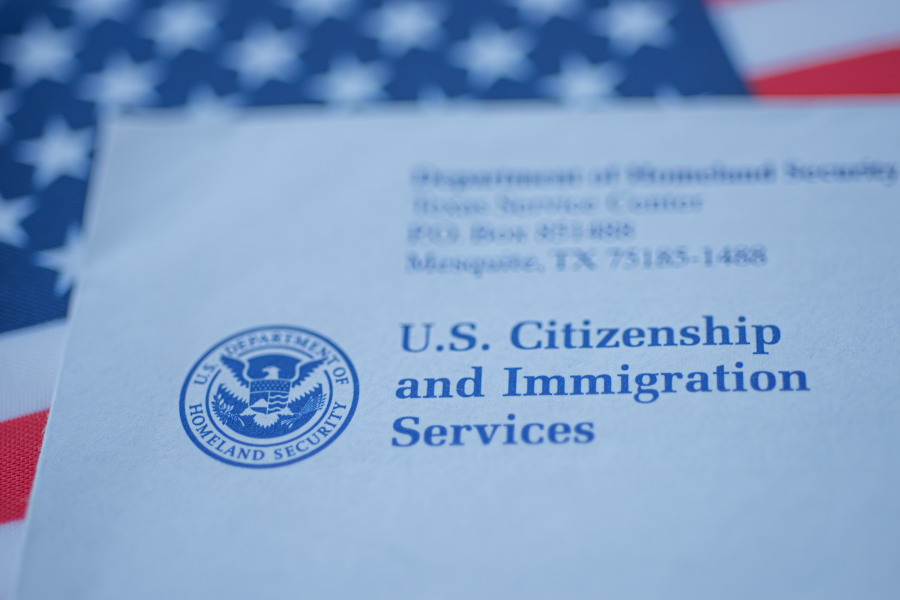Takeaways:
- The Social Security Administration (SSA) will no longer provide wage discrepancy reports to employers.
- Proactive employers have online tools available which place them in a good position to protect their employees’ interests; however, deliberate care in applying those tools is necessary to avoid legal pitfalls.
- Employees are in a good position to validate their own information and protect their interests with the Social Security Administration’s (“Social Security”) online tools.
Summary: Employers are required to file wage reports on all U.S. employees, from which Social Security collects the data on which benefits are calculated. Inaccurate wages data may result in diminished benefits or even ineligibility. It is, therefore, in the interests of employees for the data employers provide to the federal government to be accurate and for any errors to be corrected timely.

Among the mechanisms Social Security has used to notify employers and employees of data discrepancies has been Employer Correction Request Notices (EDCOR), perhaps better known as “No Match Letters.” When Social Security sent No Match Letters to an employer, it put the employer on notice that either the employer’s records or Social Security’s were wrong. It was then up to the employer to verify their inputs and, if found to be accurate, to notify the employee so that the employee could correct Social Security’s records.
In April 2021, Social Security stopped sending No Match Letters, transferring the burden of verifying records to employers and employees.
Background: In April 2021, Social Security discontinued the practice of sending No Match Letters to employers. Through the No Match Letters, employers were notified of discrepancies between individual Social Security records and employer records. Such discrepancies may be due to a number of factors, including typographical errors and name changes. Additionally, the data of employees who are using false or assumed Social Security Numbers (SSN) were likely to come up as discrepancies on No Match Letters.
Social Security issued No Match Letters from 1993 through 2005. The practice ceased (practically) due to litigation in 2006 and didn’t resume until 2019. It has been alleged that the Trump Administration restarted the practice in order to catch unauthorized workers. Regardless, in 2019, SSA sent out 803,000 notices on individual employee discrepancies and another 791,000 in 2020, via No Match Letters, all indicating that the data provided by employers was discrepant with Social Security data.
The Burden Is Now on Employers and Employees to Catch Errors: The No Match Letters provided employers with notice that individual employee records contained discrepancies. A reasonable argument can be made that this was good for bona fide American workers. However, one of the practical effects was that employers were placed on notice that individual employees may not be permitted to work in the United States. In practice, employers were supposed to verify that their employment records were correctly entered and, if no errors were found, to notify the employee of the discrepancy so that the employee could go to Social Security and correct their own records.
For those authorized to work in the United States, such notice protected their long-term interests in their Benefits but, for those not authorized to work in the United States, No Match Letters often meant the end of their employment with that company. Additionally, although legally barred from doing so, some employers treated No Match Letters as de facto proof that an employee was NOT authorized to work and either terminated the employee or subjected them to an unlawful and humiliating ordeal as they “proved” that they were allowed to work in the United States. (See https://www.ssa.gov/employer/
Consequently, many employers will be relieved to know that they will not receive No Match Letters anymore. However, without Social Security’s No Match Letters, how will employers know that there are discrepancies? How will employees know?
Social Security has long complained that its Business Services Online (BSO) Portal is underutilized. Thereby, the agency provides tools for employers to protect their employees’ interests:
- Social Security Number Verification Service (SSNVS) – There is no requirement that employers use the SSNVS but it does provide almost immediate confirmation that an SSN matches the biographic data of an employee. It can be used to verify information on current or former employees for wage reporting purposes. Note, though, employers should decide to use the SSNVS in a deliberate way and may wish to seek legal guidance beforehand to avoid misapplication of the technology in an employment context.
- AccuWage Online – Reviews Form W-2s before online submission, spotting formatting errors. This can prevent mistakes at the outset. It won’t correct for false information like a false Social Security Number (SSN) or an incorrect name, but it can prevent common errors like insufficient digits in data entry.
Social Security also has a service that empowers employees to see and verify their data called “my Social Security.” In addition to seeing what wages were reported for the employee, it forecasts retirement benefits, posts notices, and explains Benefits.
The bottom line is that Social Security has left the burden of verifying data used to determine Benefits up to employees and their employers. Down the road, there may be technology solutions which provide immediate feedback to employers necessary to fully replace the No Match Letters but, at present, it is on employers and employees to be diligent and proactive.
Conclusion: Social Security discontinued issuing No Match Letters and is promising “to focus on making it a better, easier, more convenient experience for employers to report wages electronically.” Presumably, this would be through Social Security’s Business Services Online (BSO) Portal and that may well provide a good long-term remedy to the discrepancy problem discussed above. However, without the No Match Letters and, at least at present, without any alternative notification from Social Security to employers, the burden falls entirely on the employers and employees to verify that there are no discrepancies. The ramifications for employees are significant. Question is, how many stakeholders will be proactive in verifying records if Social Security isn’t providing notice?
Green and Spiegel, An Immigration Law Firm with Six Decades of Experience:
Green and Spiegel updates our blog and provides E-Alerts to advise on the latest developments. As always, we strongly encourage you to reach out to our office if you have any questions regarding if or how these changes impact you, your business, and your family. Our office number is (215)395-8959, we can be reached via web.
DISCLAIMER: Please note, nothing posted here is legal advice, nor does reading anything here or communicating with the writer on or through social media form an attorney/client relationship. Choosing an attorney is a serious matter and should not be based solely or primarily on advertising or any other public communication of an attorney or law firm.




